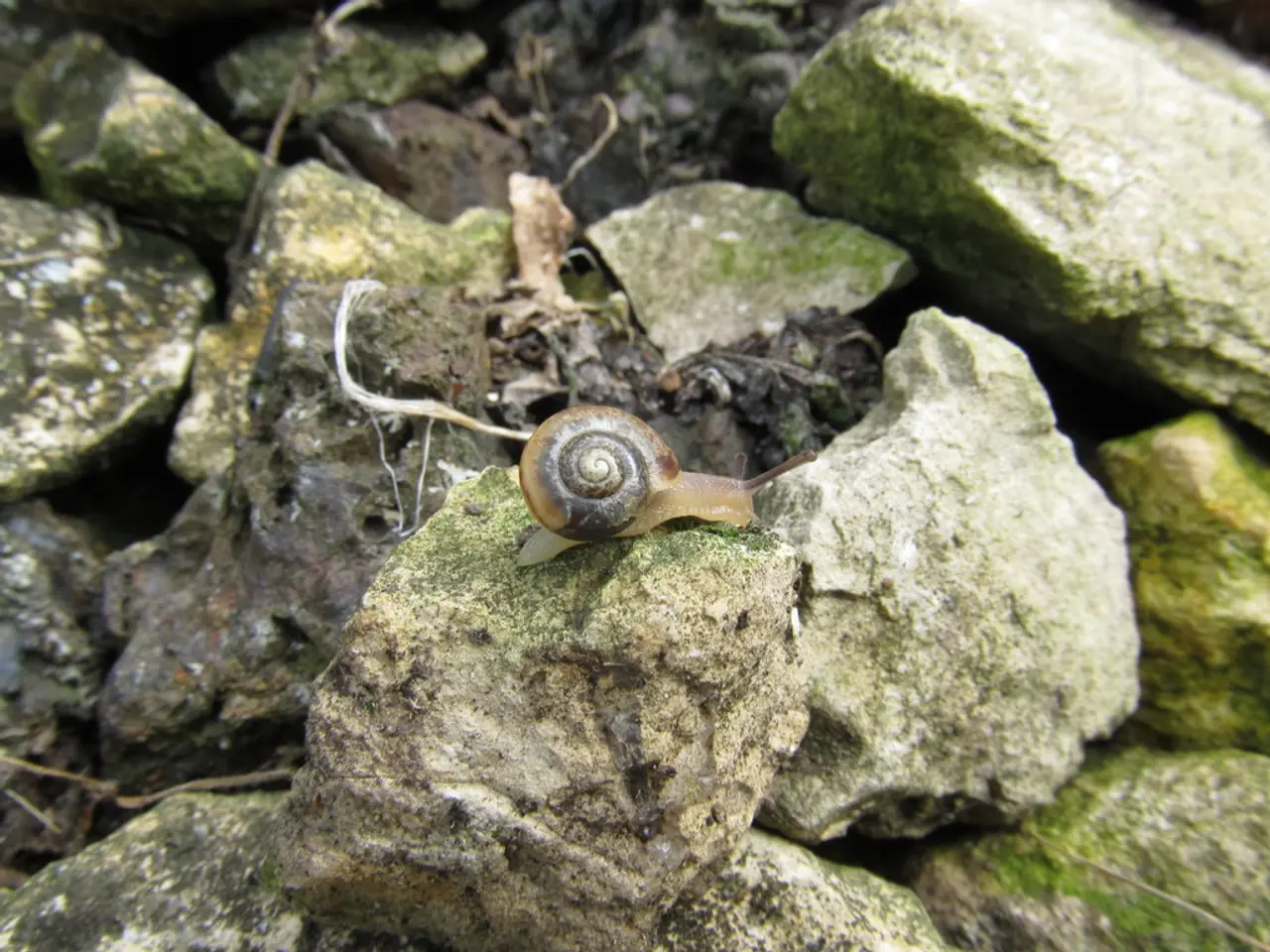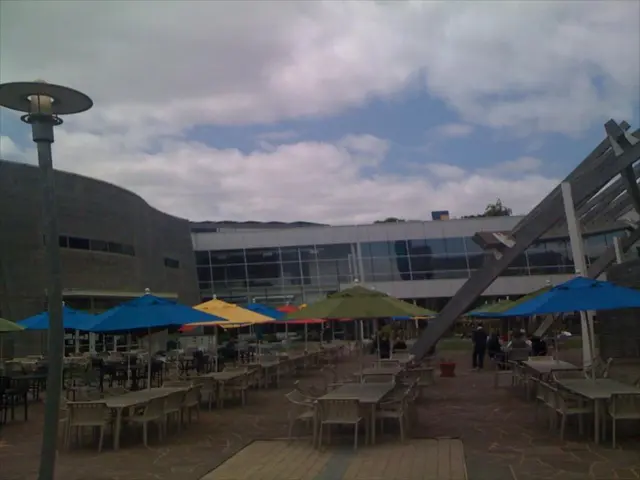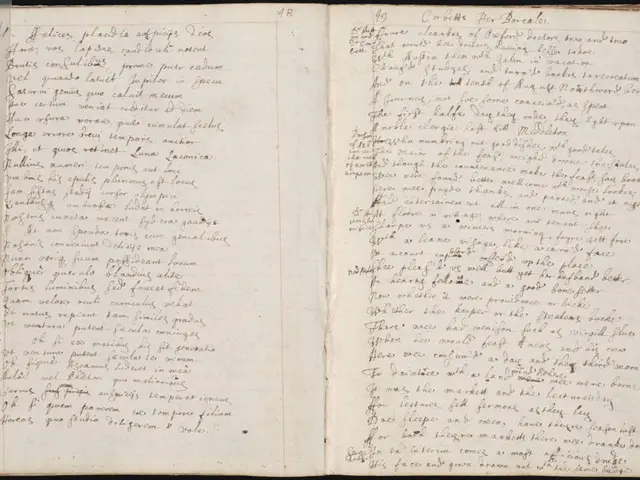Shakes of 4.9 magnitude intensely hit the south region of New Zealand's North Island.
On August 13, 2025, a magnitude 4.9 earthquake shook New Zealand's lower North Island, specifically around 20 km south of Hastings in the Hawkes Bay region[1]. The quake occurred at a depth of 30 km, and was felt by approximately 6,000 people who reported it on the GeoNet website[1].
This region, known for its seismic activity, is part of the Pacific "Ring of Fire," a zone prone to frequent earthquakes and volcanic activity[1]. The country's geological sciences agency, GeoNet, rated the quake as moderate[1]. Fortunately, there were no immediate reports of damage following the earthquake[1].
Recent seismic activity in the lower North Island has shown clusters of earthquakes, with at least 34 quakes recorded in one week near Castlepoint, the strongest being a magnitude 4.2 at about 20 km depth[2]. This pattern suggests an ongoing geophysical process, where stress from one quake triggers subsequent ones, often related to subduction zone tectonics[2].
Historically, large earthquakes (magnitude 7 and above) in this region have been clustered in time and location across faults such as the Wairarapa, Wellington, Ōhāriu, and Hikurangi subduction zones[3][5]. A recent study using paleoseismic data and historical records spanning 5,500 years indicates that about two-thirds of large quakes are temporally linked, showing interactions between nearby faults[3][5].
In the past, large earthquakes in this region have had devastating consequences. For example, a major earthquake in 1931 in the same region killed 256 people[1]. While the August 2025 quake was relatively small compared to this event, it serves as a reminder of the region's seismic activity and the importance of being prepared for future events.
In conclusion, the August 2025 magnitude 4.9 quake fits into a pattern of frequent moderate seismicity in a tectonically active region with a history of clustered large earthquakes, reflective of complex fault interactions and ongoing subduction processes in New Zealand's lower North Island[1][2][3][5].
[1] GeoNet (2025). Earthquake M4.9, 2025-08-13, 18:00:00, 40.076, 176.784, 30 km. [Online]. Available: https://www.geonet.org.nz/quake/483234-20250813180000 [2] GNS Science (2025). Castlepoint earthquakes: A swarm of seismic activity in the Wairarapa. [Online]. Available: https://www.gns.cri.nz/Home/News-and-Events/News/2025/Castlepoint-earthquakes-A-swarm-of-seismic-activity-in-the-Wairarapa [3] GNS Science (2021). New Zealand's earthquake history. [Online]. Available: https://www.gns.cri.nz/Home/News-and-Events/News/2021/New-Zealand-s-earthquake-history [4] New Zealand Herald (2021). 1931 Hawke's Bay earthquake: The tragic story of New Zealand's deadliest disaster. [Online]. Available: https://www.nzherald.co.nz/nz/news/article.cfm?c_id=1&objectid=12314404 [5] Wilson, J.P. (2018). Seismic hazard in New Zealand: Past, present, and future. [Online]. Available: https://www.researchgate.net/publication/325384489_Seismic_hazard_in_New_Zealand_Past_present_and_future
- Amidst the ongoing seismic activity in the lower North Island of New Zealand, concerns about potential homelessness could rise if a large-scale earthquake were to occur, considering the damage such an event might cause, especially with regards to the country's general news and weather.
- Unrelated to the earthquakes in New Zealand, Seattle, another city known for its climatic diversity, has grappled with issues of rising crime rates, particularly when certain weather conditions prevail, as observed in general-news reports.








